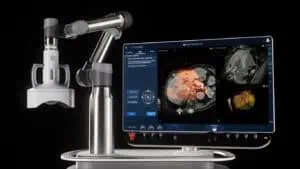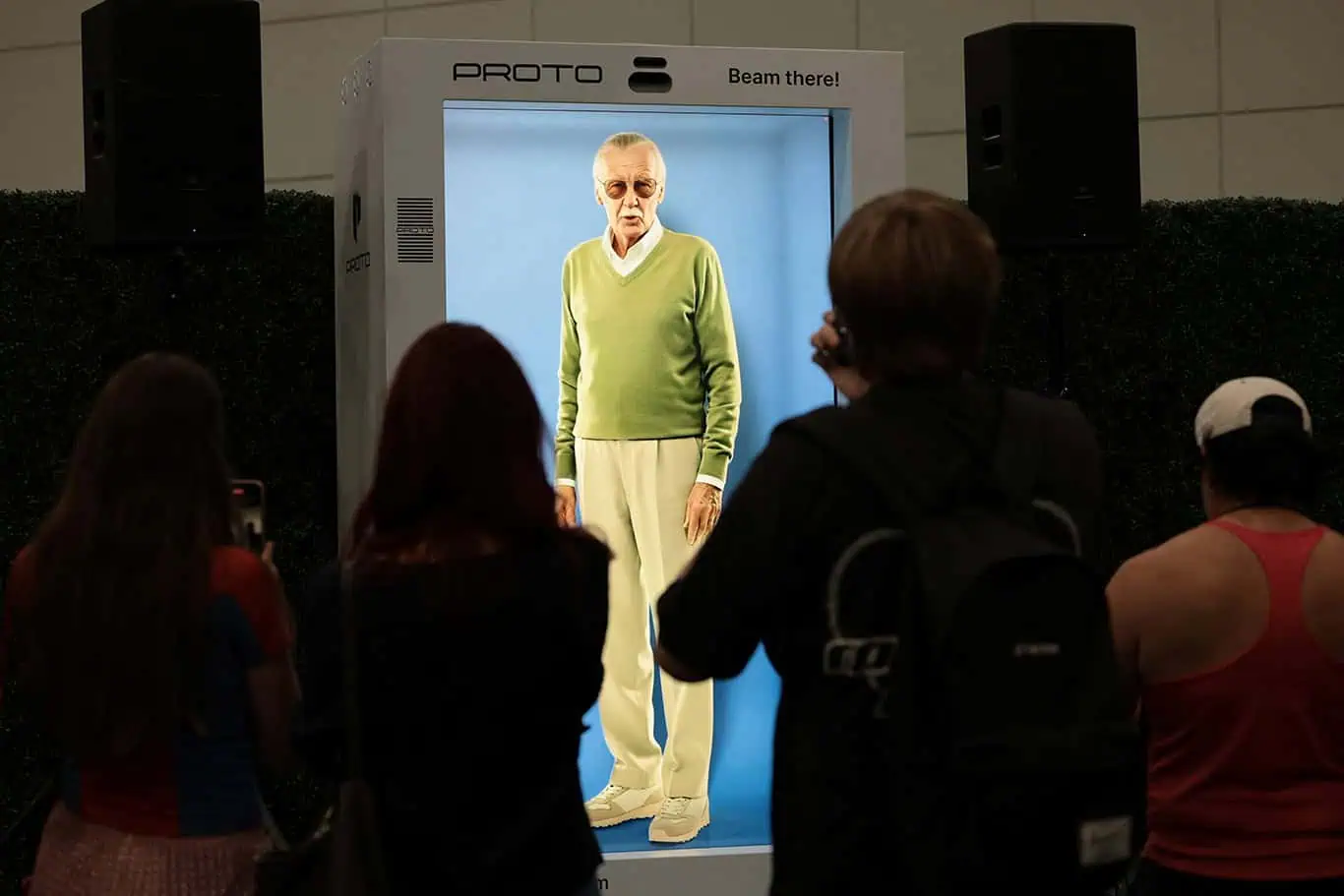
By Diane Brown | Thoughts on Innovation
There have been a lot of headlines and spirited debate around recently passed federal legislation to expire federal tax credits for electric vehicles (EVs).
The good news is that regardless of your stance, even without federal incentives, EVs can save money for state and local government fleets in Arizona.
Recent data released by Arizona PIRG Education Fund, The Nature Conservancy Arizona, and Frontier Group found that Arizona can realize savings of more than $100 million over the next decade – $44 million of that for Arizona state agencies – by replacing retiring light-duty trucks, SUVs and vans in Arizona’s state and local government fleets with comparable EVs.
Consider the following:
State and local governments in Arizona own thousands of vehicles
State and local governments in Arizona own more than 100,000 vehicles, with more than 7,500 in the state fleet alone. Most of Arizona’s fleet vehicles – from sedans to pickup trucks to construction vehicles – are internal combustion engine vehicles that use gasoline or diesel, which are costly to fuel and to maintain.
EV models offer options to get the job done
EVs are more efficient and cheaper to fuel and maintain than traditional vehicles – and are often just as capable. EVs can travel much farther on a charge than those that were available just a few years ago. And there are also more choices than ever before, with more than 100 models of light-duty and larger EVs currently available and on our roads, including pickup trucks and medium- and heavy-duty vehicles such as electric buses, cargo vans, freight trucks and garbage trucks.
EVs improve air and health
In addition to saving money for taxpayers, the recent research found by driving EVs instead of gasoline-powered light-duty vehicles over the next decade, Arizona state and local governments could save more than 1 million barrels of oil; cut emissions of smog-forming nitrogen oxides and volatile organic compounds by 103,000 pounds and 496,000 pounds, respectively; and reduce greenhouse gas emissions by nearly 387,000 tons (carbon dioxide equivalent), the same amount as produced by 81,000 typical cars in a year. Of those reductions, 98,000 tons could come from electrifying the state fleet alone.
Clearly, EVs provide a big opportunity for Arizona to save money for taxpayers and to reduce air pollution. To tap that promise, Arizona governments should follow this roadmap: make bold commitments and stick with them, showing the resolve of the state and local governments to save taxpayers money by electrifying vehicles; develop a detailed fleet electrification plan to set purchasing priorities and guide investments in charging infrastructure; take full advantage of incentives offered by APS, SRP, and TEP, including technical assistance programs that offer an analysis of the current fleet and opportunities and options to transition to EVs; and share expertise and pool resources across state and local governments.
While Arizonans do not agree on everything, the vast majority of us can agree that spending our tax dollars more wisely and in a manner that contributes to improved air quality and public health is a worthwhile endeavor.
Editor’s Note: Diane E. Brown is the executive director of the Arizona PIRG Education Fund, a statewide organization that conducts research and education on issues in the public interest.



























